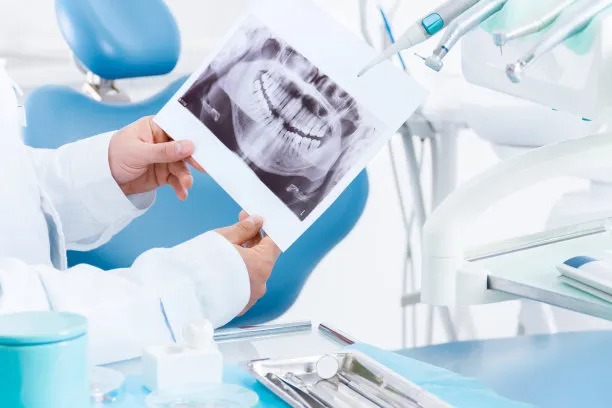Essential Steps to Safely Extract a Tooth and Ensure a Smooth Healing Process Afterwards
Summary: Extracting a tooth is a significant dental procedure that necessitates precision and care. This article delves into the essential steps required for a safe tooth extraction and addresses the crucial aspects for ensuring a smooth healing process afterward. Key topics include preparation procedures to consider before the extraction, the actual tooth extraction process, post-extraction care that minimizes discomfort and risks, and recognizing signs that necessitate consultation with a dentist. With a comprehensive understanding of these steps, patients can ensure a more comfortable experience and facilitate effective recovery.
1. Preparation Steps Before Tooth Extraction

The first step in a safe tooth extraction involves a thorough consultation with your dentist. During this visit, inform the dentist of your medical history, current medications, and any allergies you may have. This information is critical for determining the best anesthesia method and extraction approach suitable for your situation. Additionally, patients should discuss the reasons for extraction to understand better the implications of the procedure.
Another essential aspect of preparation is to adhere to dental pre-operative instructions given by your dentist. This may include fasting for a certain number of hours if sedation is involved or discontinuing certain medications that could hinder blood clotting. Being diligent in following these guidelines can help prevent complications during and after the extraction.
Lastly, arrange for someone to accompany you home after the procedure. Tooth extractions, especially when sedation is used, can leave patients feeling groggy or disoriented. Having a responsible person available to assist can provide peace of mind and ensure your safety once you leave the dental office.
2. The Tooth Extraction Procedure Explained
The tooth extraction procedure usually begins with the administration of anesthesia, either local or general, depending on the complexity of the extraction and the patients comfort level. Local anesthesia numbs the area around the tooth, while general anesthesia can put the patient into a sleep-like state. Your dentist will choose the most suitable option based on the extractions nature.
Once the anesthesia takes effect, the dentist will proceed with the extraction. For simpler extractions, a dentist uses special instruments to loosen the tooth before gently removing it from the socket. Complicated cases, such as those involving impacted teeth, may require surgical extraction, which involves making incisions in the gum tissue. Careful attention during this phase is vital to ensure the surrounding tissues are minimally affected.
After the tooth is removed, the dentist will clean the extraction site and may place stitches if needed. Gauze may be applied to control bleeding. It’s important to follow your dentist’s instructions closely during this initial phase, as it sets the stage for successful healing.
3. Post-Extraction Care for Smooth Healing
The moment the extraction is complete, post-operative care is critical to ensuring a seamless healing process. Start by biting down gently on the gauze pad placed over the extraction site—this helps control bleeding and encourages clot formation. It’s advisable to keep the gauze in place for a few hours and to avoid vigorous rinsing that could dislodge the clot.
Dietary choices play a crucial role in the healing process as well. Stick to soft, cool foods for the first 24 hours after extraction to minimize discomfort. Foods such as yogurt, applesauce, and smoothies are perfect options. Avoid hot drinks and solid foods until your dentist indicates it is safe to resume normal eating.
Last but not least, managing discomfort through prescribed or over-the-counter pain medication is essential. Follow your dentists instructions regarding dosage and timing. If any unusual swelling or pain occurs, it’s crucial to seek medical advice promptly, as these could indicate potential complications.
4. Recognizing Signs for Dental Consultation
While most tooth extractions heal smoothly, it’s essential to monitor your recovery for any concerning signs that may require a follow-up visit to your dentist. Increased pain, swelling, or persistent bleeding can indicate complications such as infection or dry socket. These conditions demand timely medical attention to prevent further issues.
Another warning sign includes fever or bad breath, which may point to an underlying infection. If you notice pus or a foul taste in your mouth, its critical to consult your dentist immediately. Early detection and treatment of potential complications can significantly enhance healing outcomes.
Additionally, if you experience difficulty opening your mouth or persistent numbness beyond the expected healing period, you should contact your dentist. These symptoms could suggest nerve damage or other issues that may need further evaluation and intervention.
Summary: Proper preparation, execution of the extraction process, attentive post-operative care, and monitoring for signs of complications are essential steps for a successful tooth extraction and recovery. By adhering to these guidelines, you can enjoy a smoother experience and promote effective healing.
This article is compiled by Vickong Dental and the content is for reference only.



